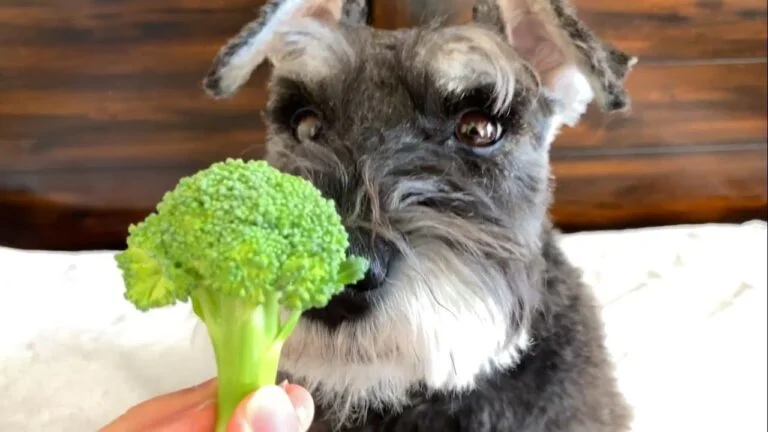Do Schnauzers Need Their Ears Cropped? A Deep Dive into Tradition, Health, and Ethics
The act of cropping a dog’s ears, modifying the natural state to achieve an upright, sharp appearance, is a tradition that has been both revered and reviled. When it comes to Schnauzers, a common query arises: “Do Schnauzers need their ears cropped?” By examining the roots of this practice, its modern implications, and the health aspects, this article aims to provide clarity.
The Historical Underpinnings
Origins of Ear Cropping
Ear cropping’s history is long and multifaceted. Its origins lie in:
- Protection: Working dogs often had their ears cropped to reduce risk of injuries during hunts or altercations with wildlife.
- Identification: Cropped ears served as an identifying marker for dogs in certain roles or ownership.
- Health: It was believed that cropping helped avert ear infections by improving airflow.
The Evolution of Standards
With time, as dog roles shifted from functional to companionship, ear cropping became more about aesthetic standards, especially in show circles. Certain dog show standards evolved to favor the cropped look, citing it as the ideal representation for breeds like the Schnauzer.
Modern Day Advocacy for Ear Cropping
1. Adherence to Breed Standards
For competitive show dog enthusiasts, cropped ears can be about adhering to breed standards, which, in some cases, still list cropping as desirable.
2. Maintaining Tradition
Beyond dog shows, many breeders and owners feel that cropped ears are integral to preserving the Schnauzer’s historical and traditional appearance.
3. Health and Well-being
Though largely anecdotal, there’s a belief that cropped ears reduce the chances of ear infections due to better ventilation.
The Controversies and Concerns
1. Animal Rights and Ethical Dilemmas
Many animal welfare organizations argue that the procedure is purely cosmetic, inflicting pain and stress without any substantial health benefits.
2. Legal Restrictions
Ear cropping is banned or restricted in several countries, with the procedure deemed unnecessary and, in some cases, even cruel.
3. The Risks of Surgery
Any surgical procedure carries inherent risks. Complications can arise from anesthesia, infections can develop post-surgery, and there’s the pain and discomfort the dog must endure during recovery.
Exploring Alternatives to Ear Cropping
1. Embracing Natural Ears
The charm of a Schnauzer with its natural ears is undeniable for many. This uncropped look is not only free from surgical interventions but also allows the dog to display a fuller range of expressions.
2. Non-surgical Training
Some owners use tapes or weights to encourage the ears to stand upright. This method is non-invasive but requires diligence and care.
3. Educated Breeding
By selectively breeding Schnauzers with naturally erect ears, it’s possible to achieve the desired look without resorting to surgery, though this is a long-term solution.
Answering Common Queries: FAQs
| Question | Answer |
|---|---|
| Does the cropping procedure cause significant pain to Schnauzers? | Yes, ear cropping is painful. Post-operative care includes pain management to ensure the dog is as comfortable as possible during recovery. |
| Is there an ideal age for cropping? | Typically, Schnauzers undergo the procedure between 8 to 12 weeks of age. This is believed to ensure faster healing and better results. |
| Are dog shows moving away from cropped standards? | Many modern dog shows and kennel clubs are becoming more accepting of natural ears, though standards can vary. |
| What’s the post-operative care like? | After cropping, the ears may be taped or bandaged to achieve the desired shape. Regular vet check-ups are crucial during the recovery period, which spans several weeks. |
In Conclusion: Weighing the Pros and Cons
The decision to crop a Schnauzer’s ears is deeply personal and varies from owner to owner. By examining the history, understanding the modern implications, and weighing the ethical and health aspects, every Schnauzer parent can make an informed choice. Ultimately, whether cropped or natural, the well-being and happiness of the Schnauzer should be at the heart of any decision.







